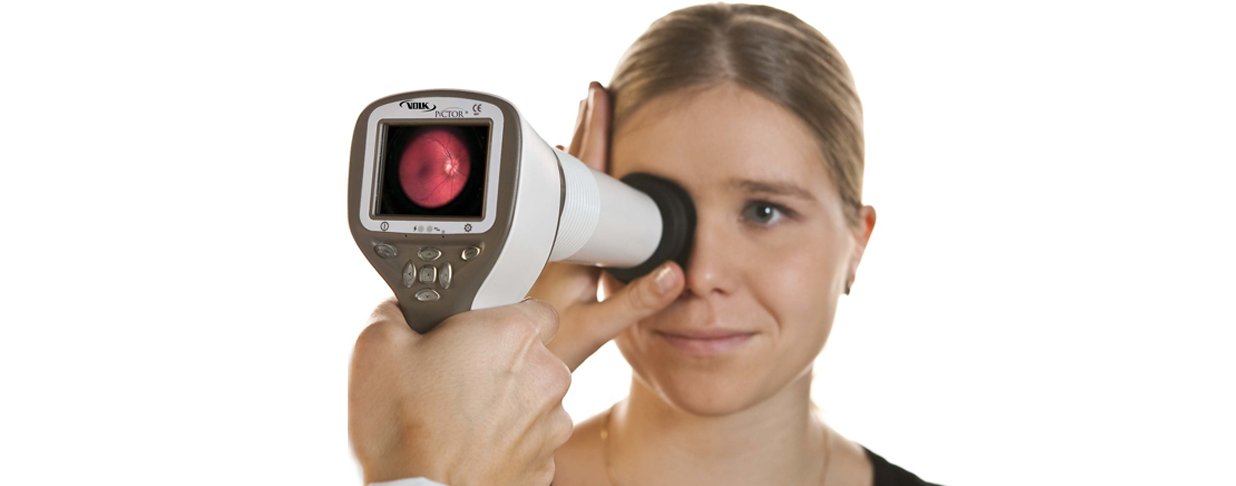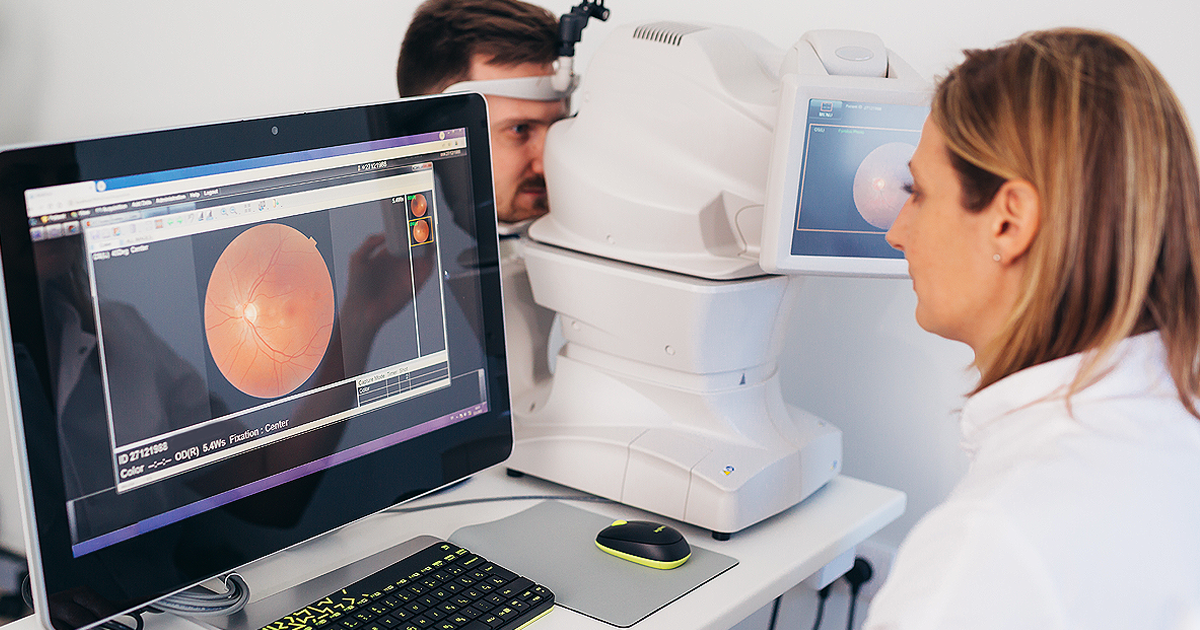October is National Protect Your Hearing Month. Did you know occupational hearing loss is one of the most common health issues found in the workplace? Over 22 million workers are exposed to hazardous levels of noise each year. [1]
The industry most affected by high workplace noise levels is manufacturing, while occupational hearing loss is also an elevated risk in industries such as: transportation, military, construction, utilities, agriculture, mining and maintenance.
So why should employers and brokers be thinking about the issue of hearing loss? In addition to overall employee health and wellness that’s impacted by hearing loss, high levels of noise can decrease job performance and productivity, especially when tasks are complicated or involve multi-tasking. Noise hazards at work can make communication more difficult, decrease concentration and coordination and cause serious workplace accidents and injuries.[2]
Hearing loss is also associated with lower earning potential[3], higher healthcare costs[4] and can add stress to the body and mind. Hearing impairment also increases the risk for other employee health issues like diabetes, dementia and depression.[5]
5 tips to protect hearing in the workplace
Good hearing is so important. It's essential for employees and employers to protect hearing before hearing loss even begins. Consider taking the following steps to protect employees’ hearing in the workplace.[6]
1. Identify and control hazardous noise levels in the workplace on a regular basis. Noisy machinery can be retrofitted, redesigned, enclosed, isolated or moved away from workers. Keeping up on maintenance of machinery also helps.
2. Hearing loss prevention and education should be available on the job. Workers should be fitted with hearing protection and trained on its correct use and care. Noise-hazard zones should have proper signage with extra ear protection available. Employee shifts can be limited to reduce exposure.
3. The National Institute for Occupational Safety and Health recommends a limit of 85 decibels (dB) over eight hours. Noise exposure or decibels at or above this level are considered harmful and hazardous to hearing, and require that employers offer a hearing conservation program.
4. Employees should practice safe hearing by always wearing earmuffs in designated areas. They can also use break time to find a quiet spot and give their ears a rest.
5. Regular hearing checks every two years are important to establish a baseline and as part of an employee’s overall health profile and detect early hearing loss so it can be treated.
Start by checking your risk for hearing loss with this quick quiz – What is your hearing age? – and share the quiz with employees.
Get help with employee hearing care
We also have a solution. EyeMed members have access to hearing screenings through Amplifon Hearing Health Care. You can read about the EyeMed Amplifon Hearing Discount and share this site with your members: hearing.eyemed.com/home.
If you don’t have EyeMed vision benefits and want to learn more, you can request an EyeMed representative contact you at starthere.eyemed.com. There, you also can review our hearing discount overview and other helpful resources about EyeMed vision benefits.
BL-1810-CB-873
1: “Exposure to Hazardous Workplace Noise and Use of Hearing Protection Devices Among US Workers,” American Journal of Industrial Medicine, https://onlinelibrary.wiley.com/doi/pdf/10.1002/ajim.20690
2: “The Effect of Exposure to High Noise Levels on the Performance and Rate of Error in Manual Activities,” Electron Physician, http://www.ephysician.ir/index.php/browse-issues/2016/3/335-2088
3: MarkeTrak VIII, Better Hearing Institute, USA, 2008
5: Diabetes – Diabetes and hearing impairment in the United States: audiometric evidence from the National Health and Nutrition Examination Survey, 1999 to 2004; Dementia – Hearing Loss and Cognitive Decline in Older Adults; Depression – https://www.audiology.org/publications-resources/document-library/untreated-hearing-loss-linked-depression-social-isolation
6: Amplifon: Occupational hearing loss is a big problem in manufacturing and other industries; NIOSH, accessed at https://www.cdc.gov/niosh/docs/96-110/pdfs/96-110.pdf?id=10.26616/NIOSHPUB96110




